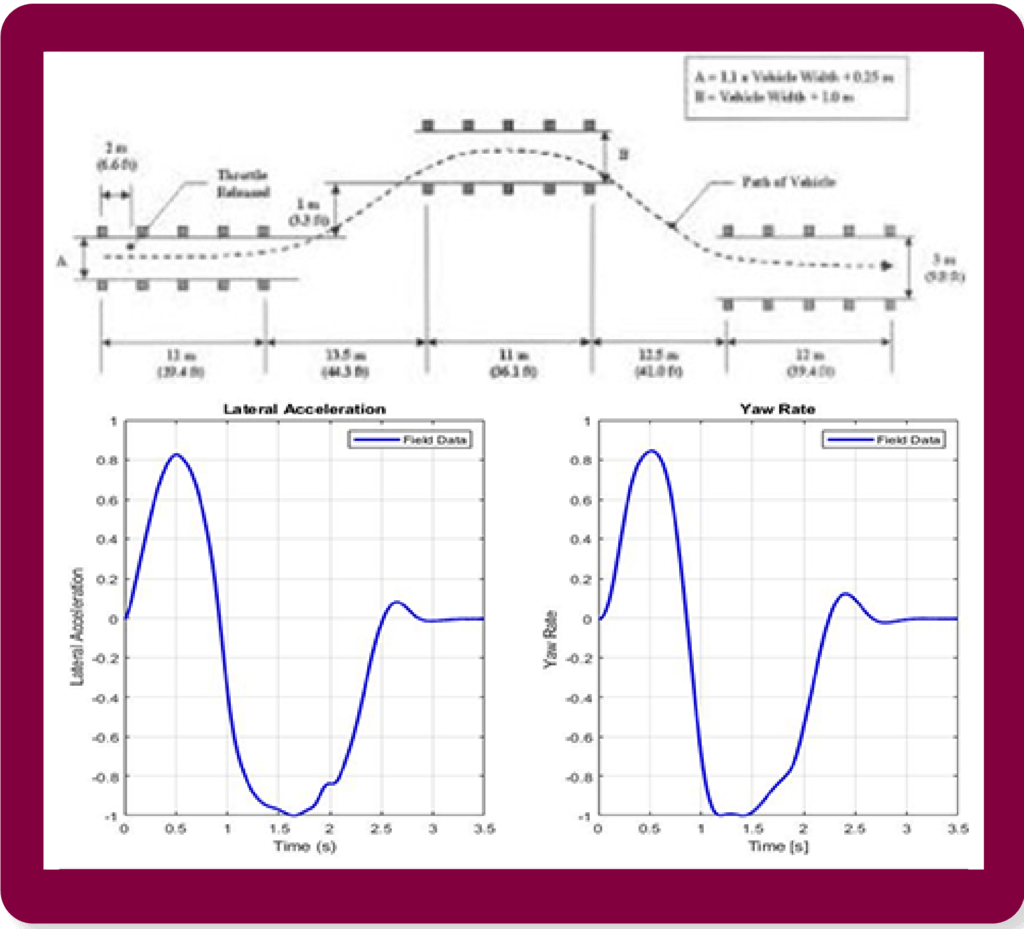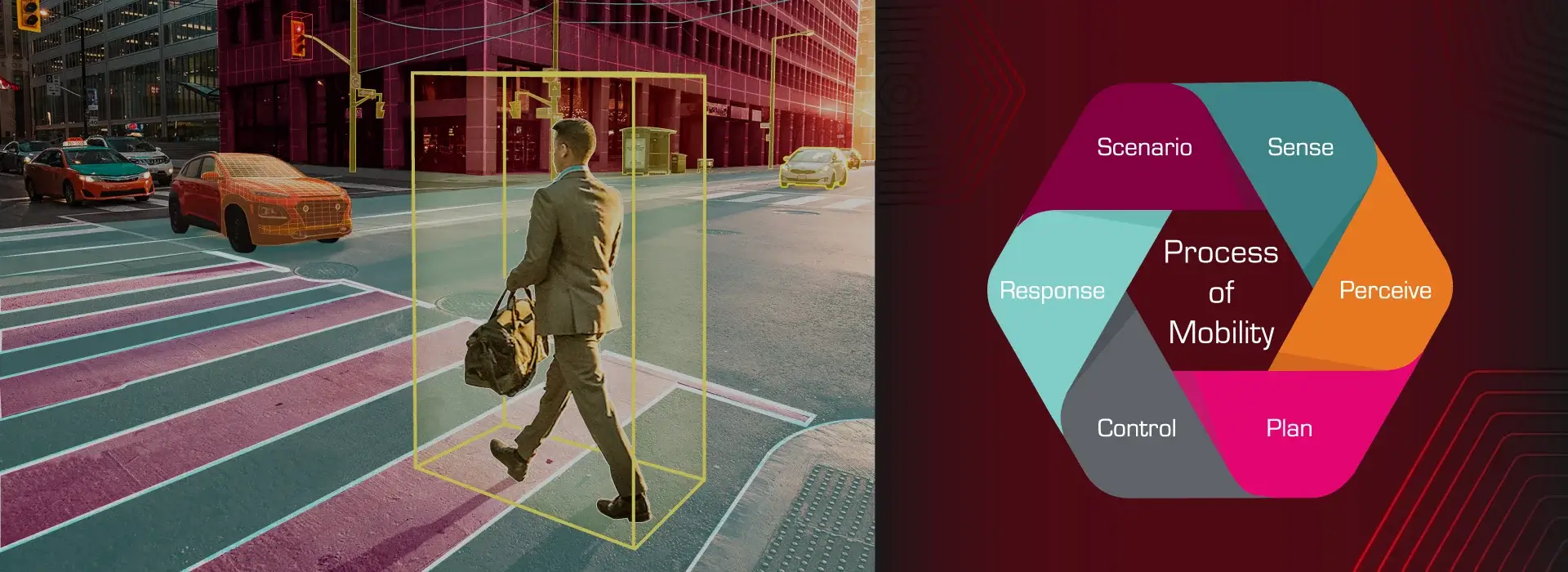
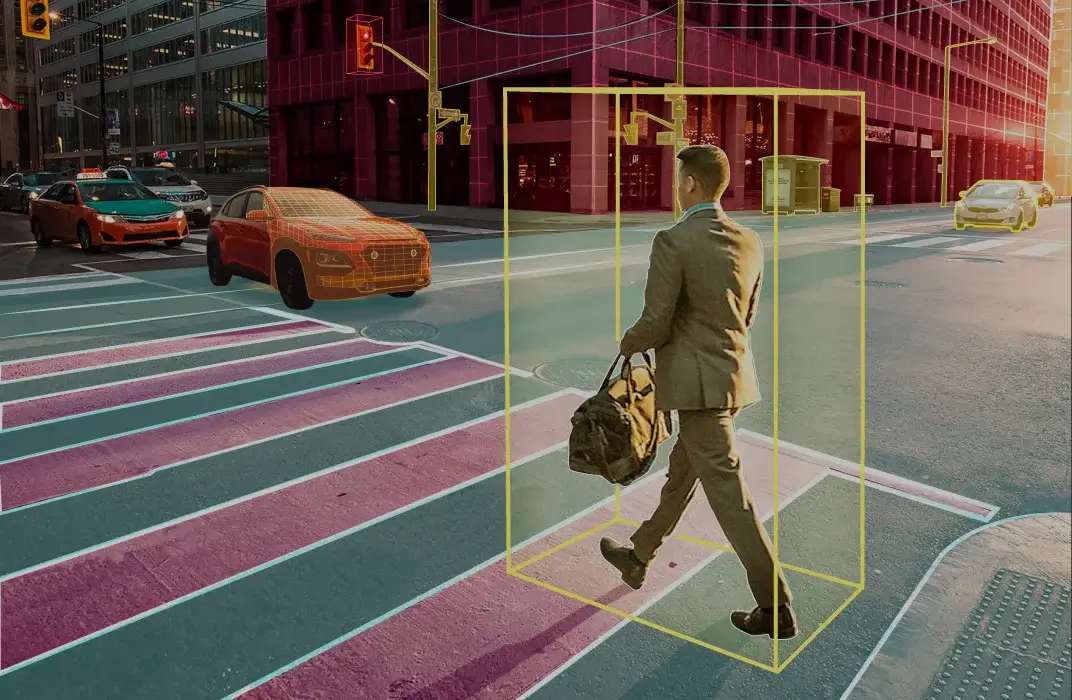
Solving challenging and unique problems to further the development and safety of the mobility industry
We are a collection of problem solvers with a wide range of backgrounds ranging from controls, physics, dynamic systems, and machine learning to tire mechanics. Our passion is to help our customers focus on their core products while enhancing the capability and safety of the mobility industry. We accomplish this by conducting research, simulation, and/or physical testing to establish objective data for use in the development of our clients’ products. Following the Process of Mobility, we can help you develop vehicles and technology in the Automated Driving System/advanced driver assistance systems (ADS/ADAS) domain.

Technical Takes
Scenario
One unique resource used to solve critical issues for ADS and ADAS technology is naturalistic driving data (NDD) from the Virginia Tech Transportation Institute (VTTI). We convert the real world recorded NDD events into simulation ready datasets via video, radar, and time-series data reduction.
Research and Services:
- Event Replication
- Event Variation
- Intelligent Sampling
Sense
In ADS- and ADAS-equipped vehicles, human senses are being replaced by technology. Understanding the limitations of the technologies, effects from degradation (artificial or natural), and application in virtual development is critical for a robust product. Our testing techniques and research provide the basis for this understanding and for virtual products.
Research and Services:
- Sensor Characterization
- Sensor Degradation
- Sensor Modeling
- V2X Evaluation and Support
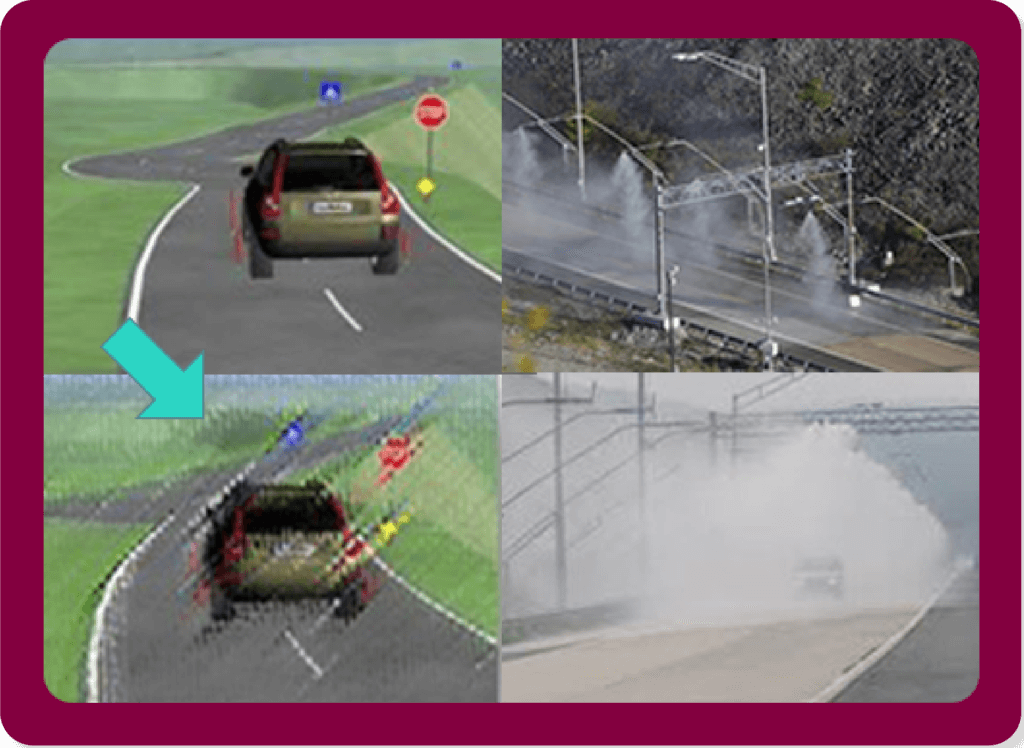
Perceive
Sensor data is, as the term states, is just data. It is the Perceive step that interprets that data and converts it to usable information. The usable information output by our algorithms is applied for large scale actor annotations, cyber security, and infrastructure assessment.
Research and Services:
- Sensor Fusion
- Detection Algorithm
- V2X
Plan
Planning for a Scenario involves many aspects of the vehicle and environment. Application of human behavior into our planning algorithms provides a more natural response. Combined with Safety Modeling based on NDD, our algorithms can also calculate the highest percentage of avoiding a safety critical event. Lastly, our knowledge of vehicle dynamics provides the physical bounds of vehicles and is inputted into the algorithms.
Research and Services:
- Behavioral Model
- Safety Modeling/Assurance
- Automated Maneuver Algorithms
- Vehicle Dynamics Modeling and Simulation
- Tire Testing (Force and Moment)
- Tire Modeling (MF, FTire, PAC2002, CDTire)
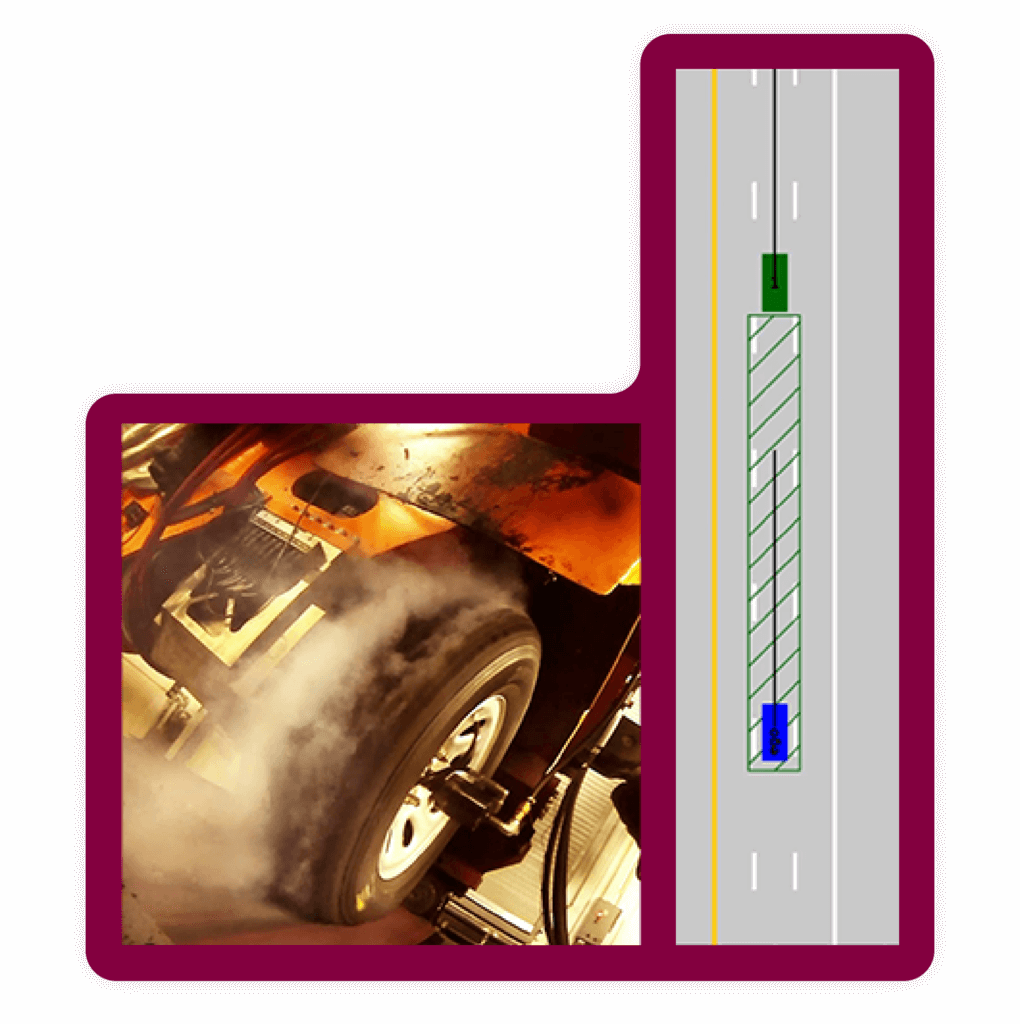
Control
Control algorithms for achieving a maneuver require knowledge of vehicle dynamics. This knowledge should start with understanding the tire’s influences through tire testing and modeling. Utilizing the world’s most capable flat belt force and moment equipment, we can provide this knowledge.
Leveraging NDD, human response bounds are implemented in our control algorithms to maintain comfort and security for passengers.
Research and Services:
- Behavioral based algorithms
- Tire Testing (Force and Moment)
- Tire Modeling (MF, FTire, PAC2002, CDTire)
Response
Assessment of a vehicle’s response to the Scenario can be conducted both physically and virtually. The performance is compared to established regulatory values, internally developed behavioral competency values, and safety models. These are processes and tools that can be used during development or as an added check prior to release to the public.
Research and Services:
- Behavioral Competency
- Vehicle Testing
